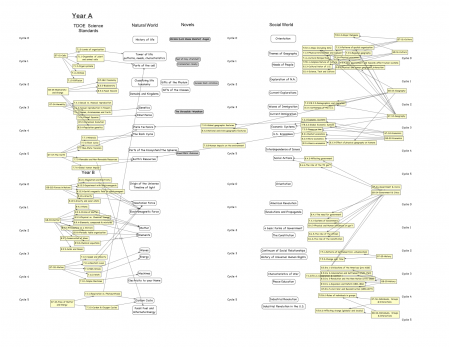Travel
by Edna St. Vincent MillayThe railroad track is miles away,
And the day is loud with voices speaking,
Yet there isn’t a train goes by all day
But I hear its whistle shrieking.All night there isn’t a train goes by,
Though the night is still for sleep and dreaming,
But I see its cinders red on the sky,
And hear its engine steaming.My heart is warm with friends I make,
And better friends I’ll not be knowing;
Yet there isn’t a train I wouldn’t take,
No matter where it’s going.
I discovered today, during our morning poetry reading, that Edna St. Vincent Millay‘s poem Travel is a metaphor for the asteroid collision that caused the extinction of the dinosaurs. The train is asteroid bearing down on the Earth, the smoke from the train is the dust and ash kicked up by the impact, while the whistling of the train is the moan of the dying dinosaurs.
Remarkably perceptive of St. Vincent Millay since the asteroid impact theory was posited by the Alverezs’ group decades after her death in 195.











